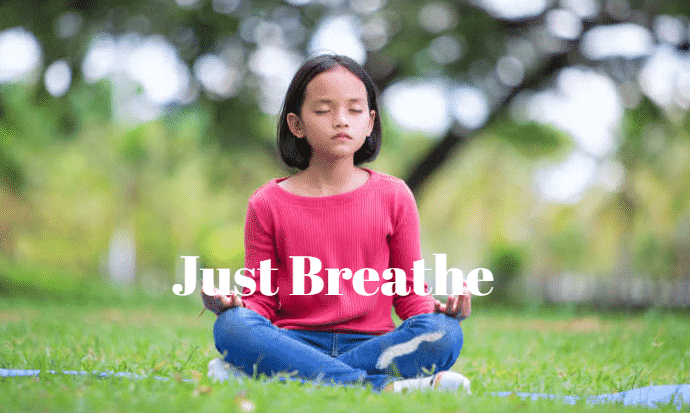With all the technology at our child’s fingertips, along with the fast-paced lifestyle that comes with living in this type of world, it is no surprise that more and more children report that they feel overwhelmed and anxious. They are overstimulated all day long with online programs, T.V., video games and never really get the opportunity to disconnect and pause. This is true of us adults as well. Think of how overwhelming it must be for children without any idea of how to handle these stresses. Why not teach them a tool that could help them cope better day-to-day?
https://new.bcparent.ca/2019/03/11/daily-rituals-to-sustain-a-good-mood/
Meditation, or the practice of being mindful, is a helpful tool for you and your child. It teaches how to take time to pause and be present in the moment by connecting with our breath. According to the American Psychological Association, consistent mindfulness practice has been linked to better concentration, increased focus, better relationships and even improved working memory (link below).
For many who haven’t practiced before, mindfulness can seem overwhelming at first. It’s best to start with simple breathing exercises. These can be used together as part of your bedtime routine, to help with transitions, or as a break to refocus. Depending on your child’s attention span and/or age, you may want to try one activity at a time.
Here are 3 mediation techniques using breathing.
- Take 5 Breathing: Hold out your hand like a star in front of you. Pretend your index finger on your other hand is a special pencil. Start at the bottom of your thumb and trace up and down your thumb, then up and down your index finger and so on. Breathe in as you go up and out as you go down. Go slowly and discuss how you feel after you get to the bottom of your pinky finger. If you need more, take another 5!
- Back to Back Breathing: You can choose to be in a quiet area or have some meditation music playing softly during this exercise. Set a timer for 1 minute to start and you can increase the length each time. Sit on the floor back to back with your child. Sit tall and close your eyes. Start by inhaling deeply and exhaling slowly. Your child should feel the expansion of your back each time you breathe in and out. The point of this exercise is to have both you and your child breathing in time together.
- Tummy Breathing: Lie on your backs and place a stuffed animal (or stuffie as they are called by many) on your stomach. Breathe in deeply through your nose and feel the stuffie rise, and then exhale softly through your mouth and see it lower. Tell your child to be gentle with their breath to help rock the stuffie to sleep and not wake them.
See how your child does with these breathing exercises and you can slowly progress to other mindfulness exercises that focus on gratefulness, building relationships, confidence and more. There are also mindfulness educators available who can expand on these activities and create a tailored mindfulness program for your child’s mental health needs.
Julie Diamond is a certified teacher in BC and Ontario. She runs a tutoring service, Teachers to Go, which matches students with teachers across Canada looking for support with academics, Special Education, mindfulness and more. For more information: www.teacherstogo.ca








